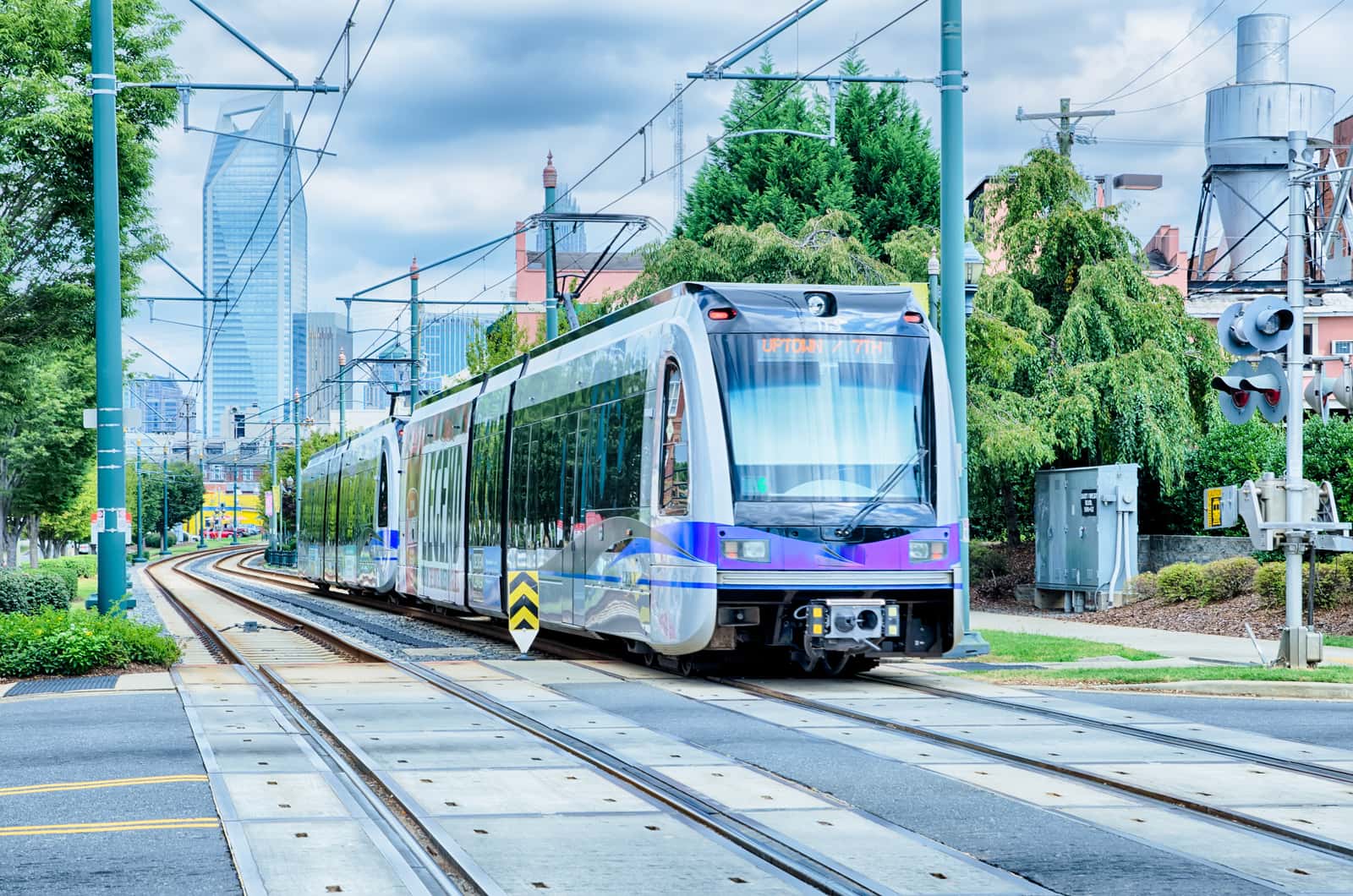Transportation is the largest source of climate pollution in the U.S., largely because American transportation infrastructure is oriented around private car ownership (also called car dependency). While the shift from gas to electric cars is helping cut climate and air pollution from the sector, researchers warn it is not happening fast enough or equitably enough to achieve global climate targets. A growing body of research shows that providing more transportation options — including trains, buses, biking, and walking — can help transportation decarbonize faster while improving air quality, mobility options and accessibility for all.
Swapping every gas-powered vehicle for an electric one is one of the least efficient ways to clean up transportation.
- The 6th Assessment Report from the U.N. Intergovernmental Panel on Climate Change — the United Nations’ expert body on climate change — and the Energy Department’s blueprint for transportation decarbonization both recognize the need to expand “multimodal” or varied transportation options — including mass transit service, bike lanes, and pedestrian infrastructure — to meet climate targets.
- Other academic research finds that reducing vehicle ownership and vehicle miles traveled through increased transit use, active mobility, and denser urban development is needed to avoid the worst impacts of climate change.
- Compared to the most car-dependent scenarios, the most ambitious policies — including best-case recycling scenarios coupled with smaller EV batteries and policies that support alternative modes of transportation — could reduce U.S. demand for minerals like lithium 92 percent by 2050.
Preserving a car-dependent transportation system would perpetuate inequities and make it more difficult for those populations to access clean transportation.
- Around 80 percent of drivers feel they have “no choice” but to use cars because of how their community’s transportation infrastructure is designed. Yet car ownership also creates a number of class and racial barriers to social mobility.
- Transportation can take up nearly 30 percent of a household budget, and is often the second-largest household expense after housing.
- Because of the high cost of cars (and their necessity), people with lower incomes spend higher proportions of their expenditure on transportation than wealthier Americans.
- In 2022 roughly 46,000 Americans were killed by cars, and people of color — especially Native and Black people — are disproportionately likely to suffer traffic fatalities.
- American car dependency also contributes to air pollution, with cars and trucks producing over half of the country’s nitrous oxide emissions. Because racism shaped the construction of the U.S. highway system, communities of color bear the brunt of these impacts.
Personal vehicle alternatives, like buses, public transit, bicycling, and walking can improve equity, public health, and climate outcomes.
- Expanding transit access can cut electricity demand, climate pollution, and the need for mining the raw materials powering the energy transition. It also provides cost savings for individuals, families, and communities, less traffic congestion, and fewer deaths from car crashes.
- The cost of urban passenger transport could be reduced by $5 trillion per year compared to a business-as-usual or an electrification-only approach.
- Improved transit access would also provide an economic lifeline for people without personal vehicle access by giving people more access to jobs, education, healthcare, and other services.
- Transit access is also a public health imperative. More than 20 percent of people without a personal vehicle — and with only poor or fair access to public transportation — said they had foregone healthcare needs because of difficulty finding transportation.
- Shifting to zero-emissions transit — like electric buses — can also deliver important cost savings for transit agencies. Antelope Valley Transit’s all-electric bus fleet saved the agency $3.3 million in avoided fuel costs over the first 10 million miles.


